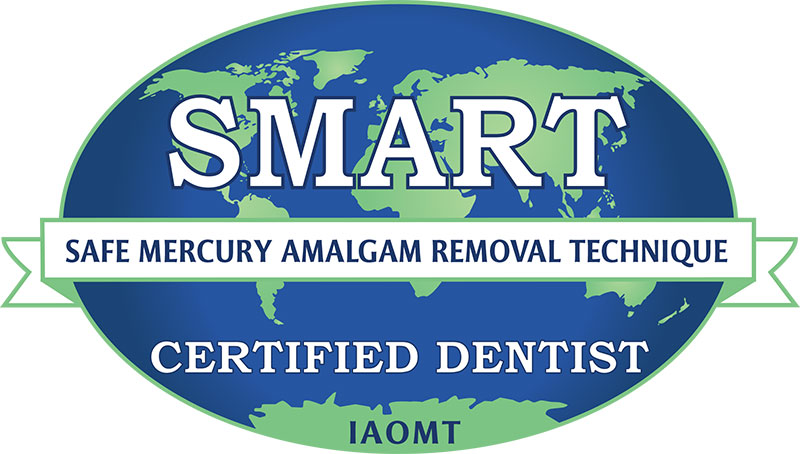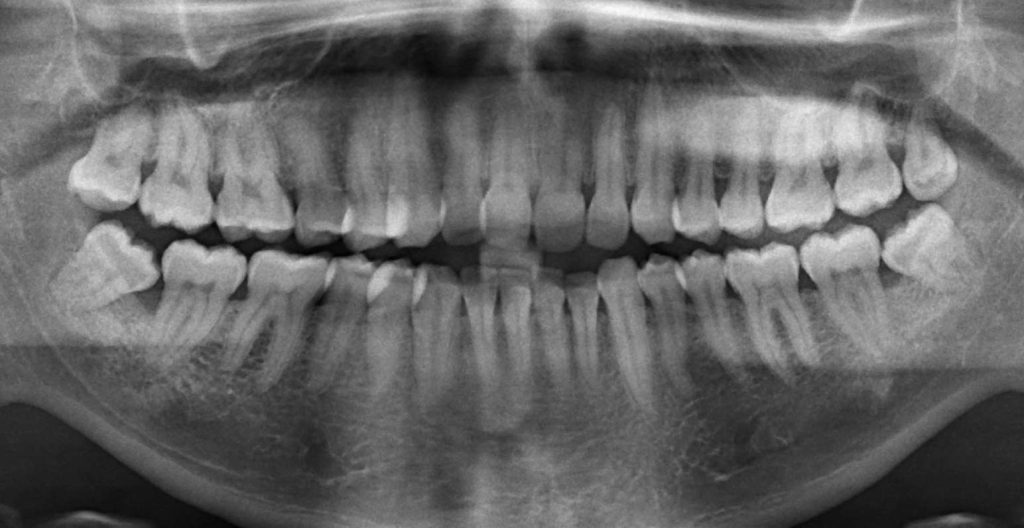It’s natural if you feel some anxiousness when you hear about tooth extraction. Unfortunately, not every tooth can be extracted with only local anaesthesia. Some tooth removal procedures may need a little more than an incision followed by several stitches. Yet, no worries. Dentistry in the 21st century is pain-free and ensures fast wound healing.
One of the common instances in which you may need to undergo a minor oral surgery procedure is wisdom tooth removal.
When the wisdom teeth are impacted inside the jaw bone and don’t remain silent anymore, they must be extracted unless they might cause complications like severe pain, swelling, infections (pericoronitis) with pus discharging, difficulty in eating and even opening the mouth.
How should you prepare yourself before the extraction of a wisdom tooth?
Before the extraction of any tooth, please follow these simple steps.
- Always inform the dental team about your medical conditions and the drugs you take. They may have to get approval from your medical team before the intervention, especially if you are under anti-coagulant drugs like warfarin, heparin, aspirin, and clopidogrel.
- Make sure to inform if you are pregnant and in which trimester you are.
- Certain drugs are not suitable if you are a breastfeeding mother. So, inform them beforehand.
- It’s better to have a morning appointment if you are diabetic.
- If you were not advised to stop or change the dose of some medications, take them as usual.
- Eat a healthy diet before the appointment.
- Take someone to be with you if you are phobic about dental procedures.
- Try to avoid driving back by yourself if possible.
What happens during wisdom teeth extraction?
- First, your dentist will thoroughly examine your mouth to identify the exact location and pattern of impaction of the tooth.
- Then, he will give you an anaesthetic injection to numb the area, so you will not feel any pain or discomfort during the procedure.
- If it seems not complex, the tooth will be extracted in the dental chair as any other routine tooth removal.
- If there is not enough room in the site to remove the tooth, you might need a simple incision.
- After incising the overlying gum, the dental surgeon may take the tooth out in whole, or he may section the tooth into pieces and will take them out gradually, piece by piece. Sectioning of the tooth will ensure minimal damage to the adjacent teeth, soft tissues, and other vital structures nearby.
- The dentist may then suture the area to secure the wound to ensure a complete and fast wound healing.
- Sometimes, when more than one symptomatic or potentially problematic wisdom tooth should be removed at once, you may have to undergo a more complex surgery in the operating theatre under general anaesthesia, where the surgery team will anaesthetize your whole body for about an hour.
Follow your dentist’s advice and take the medications as recommended after extraction for better and fast healing.


